|
During the winter months of January, February, and March, one of the unique methods used by the stage lines in the Sierras was to place snowshoes on their horses. This practice started in 1865 as a way for the stage to travel the deep winter snows that covered the early California trails from Marysville to Downieville without the need to wait for spring. These early horse snowshoes were invented by a Sam Wollever Who is buried at Cherokee Flat in Butte County. As described in a New York Times article dated January 12th, 1874, the snowshoes were made of malleable iron squares, nine by nine inches with rubber riveted to the bottom of the plate to prevent snow build up. On the other side of the plate a commonly sized horseshoe with a sharp heel and toe with the corks set through holes in the center of the plate with rivets or screws. The snowshoe is fastened to the horse by a clasp with swivel screw holding the riveted horseshoe tightly under the hoof of the horse. The shoes were custom fit for each sized hoof and a team of four horses would take a man two hours to put the shoes on. Earlier shoes were also made of square wooden plates as shown in the middle photo above but were later abandoned due to the snow build up on the wood. It was said that when the plates were first attached some horses cut themselves but soon learned to spread their feet so as not to interfere. Some would become good snow horses at once while others were incapable of learning how to navigate with the plates. The very first photo above is a picture of a snow-shoe team in action pulling a sled out of Forest City, Ca in the winter with a hotel in the background. According to the San Fransisco Call of February 1, 1906, Horses on snowshoes were also used to haul mail in and out of Bodie, Ca. Snowshoes were used at least up to 1937 by the last teamster, Pike Solara, serving the snow Tent to Graniteville run in Nevada County, California 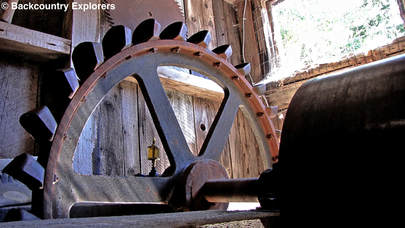 Working pelton wheel at the Kentucky Mine, Sierra County California Working pelton wheel at the Kentucky Mine, Sierra County California The pelton wheel was invented by Lester Allan Pelton (1829-1908) who is thought of as the father of hydroelectric power. Pelton was born in Vermillion Ohio and came to California in 1850. He became a fisherman on the Sacramento River for three years but then turned to the gold mines of Camptonville, Nevada City, and Grass Valley. In 1864 he became a carpenter and a millwright. 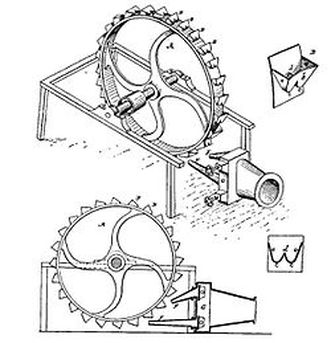 Patent drawing showing water nozzle jet Patent drawing showing water nozzle jet During this same time period the gold mines in the area needed high amounts of power to drive the mills that crushed the gold ore and to run the drills and to pump air into the mines. The top fed paddle water wheels typically used in flour mills were too slow and very inefficient for this purpose and a much more powerful design was needed. To increase efficiency the paddles were replaced with turbines or buckets affixed around the outside of a wheel with a nozzle used as a water jet forced into the buckets from the bottom to increase the efficiency and power output. Even so, the water splashed backward from each bucket onto the next bucket cutting down on efficiency. 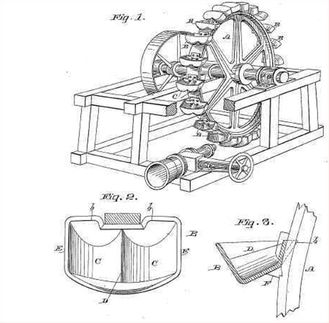 Pelton Wheel Patent drawing Pelton Wheel Patent drawing Pelton had a passion for developing an even more efficient water wheel and designed some thirty plus different wheels. His final design came about quite by accident. There are two stories surrounding this development. In the first, as told by his friend Jim Hutchinson, Pelton was visiting a neighbor and watched the neighbor use a garden hose to chase a stray cow out of his garden. Pelton noticed the water was divided as it struck the cow’s nose splitting into two sprays and deflecting out the sides of the cow’s nostrils. In the second more probable story, Pelton was watching one of his spinning water turbines when the key holding the wheel onto its shaft came loose causing the wheel to become misaligned from the nozzle jet. So instead of the water jet hitting the cup in the center, the slippage caused the water to hit the edge of the cups and it was redirected out the other side of the cups instead of slowing the direct flow of water. 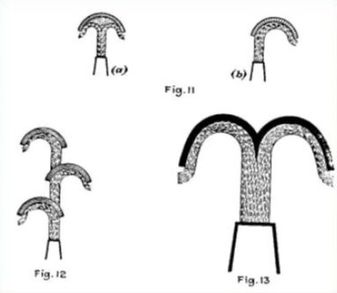 Patent drawing of various Pelton bucket designs Patent drawing of various Pelton bucket designs Pelton first tried a staggered bucket design (Figure 12) but finally settled on a split double cup design (Figure 13) which gave Pelton the most efficient wheel. His new design was first used at the Mayflower Mine in Nevada City, California in 1878. Pelton later went on to patent his turbine design in 1880. He met with little sales success until 1883 when the Idaho Mining Company of Grass Valley arranged a competition of four different water wheel design companies to help them decide which one to purchase. Pelton’s turbine wheel won with a 90.2% efficiency compared to the next closest company’s wheel at only 76.5%. This success drove his sales to the point that in 1888 Pelton started the Pelton Water Wheel Company in San Francisco. 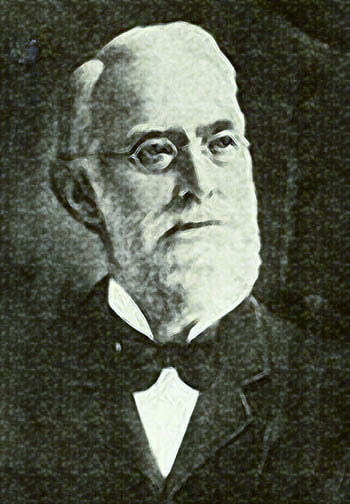 Lester Allan Pelton 1829-1908 Lester Allan Pelton 1829-1908 In 1887 a miner attached Pelton's wheel to a dynamo and produced the first hydroelectric power in the Sierra Nevada Mountains. On August 27, 1889 the invention was officially patented. By 1893 the Age of Hydroelectric power was in full swing. It has proven to be one of the most efficient inventions in mining and in the production of hydroelectric power in our world. 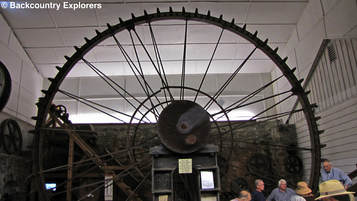 Biggest Pelton wheel ever built Biggest Pelton wheel ever built The biggest Pelton wheel ever built was thirty feet across built by Cobb and Hesselmeyer of San Francisco. Its speed was 65 rpm @ 350 psi and a single water jet of 1 3/4 inches producing over 1000 horsepower. Demonstration of working pelton Wheel |
AuthorWelcome! Archives
March 2018
Categories |
Welcome to Backcountry Explorers
Backcountry Explorers Old Timer Tales
ExplorationDeath Valley
Gold Country Eastern Sierras / 395 Anza Borrego Route 66 Western Mojave Desert Mojave National Preserve Arizona Colorado Utah Nevada |
Our Company |
Support |
Copyright © 2015 Laymon International LLC 21143 Hawthorne Blvd. #418 Torrance, Ca 90503
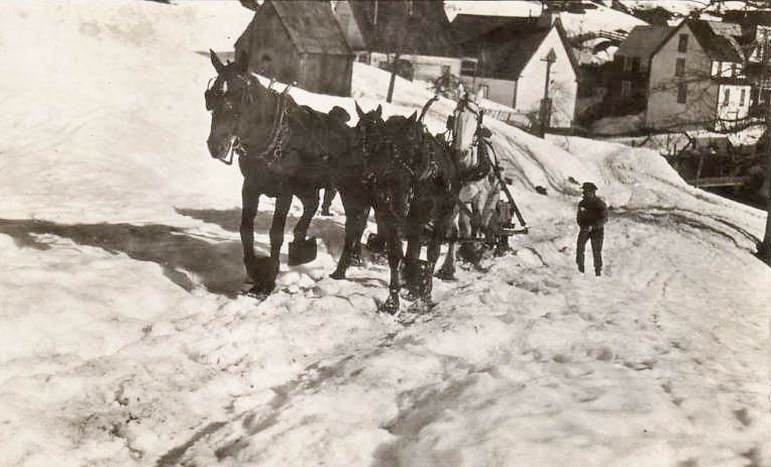
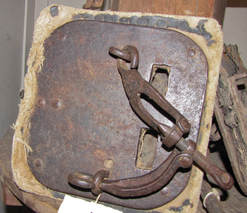
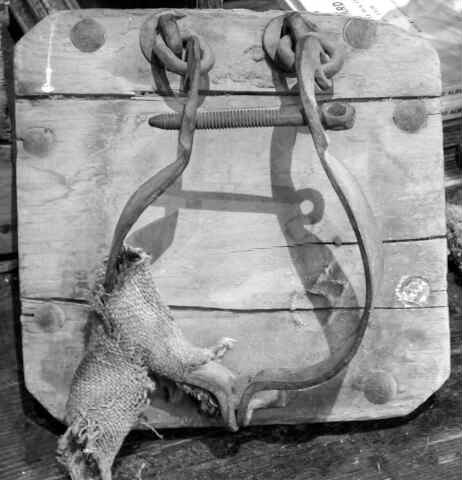
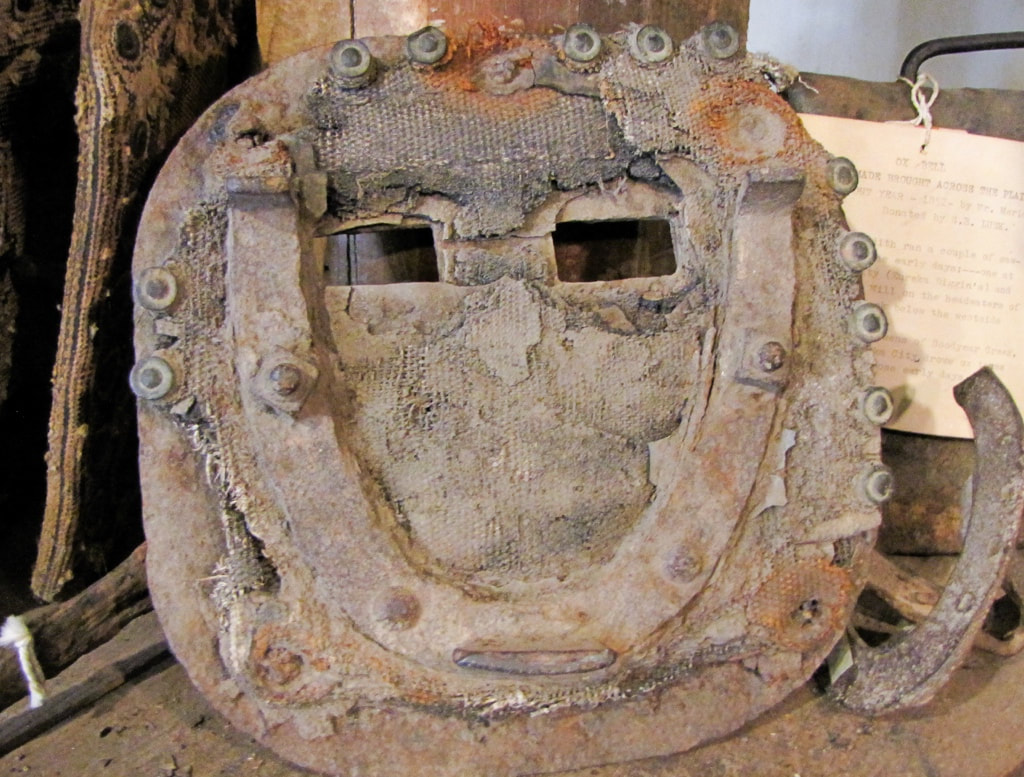
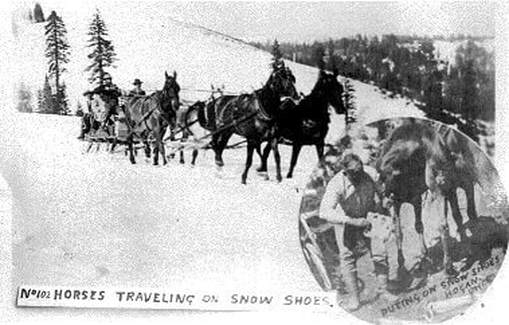
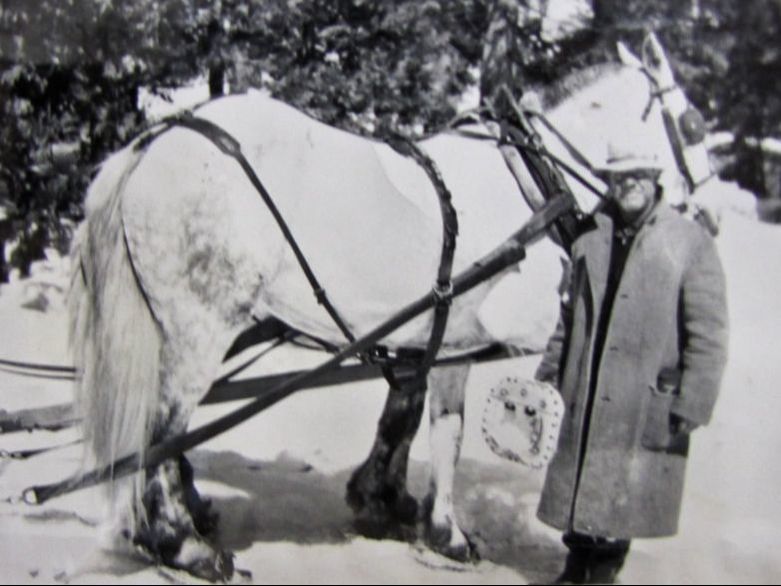
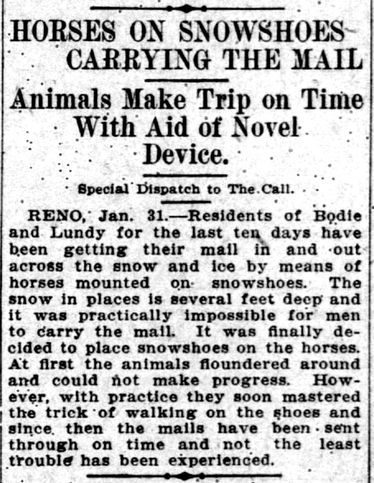
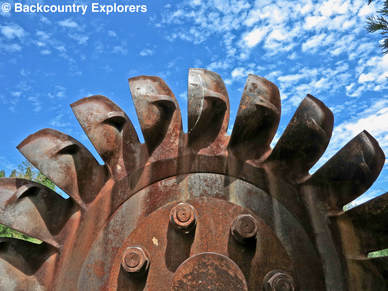
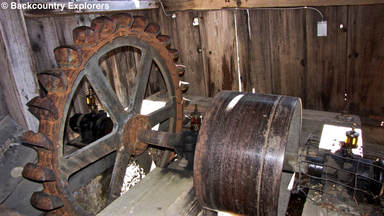
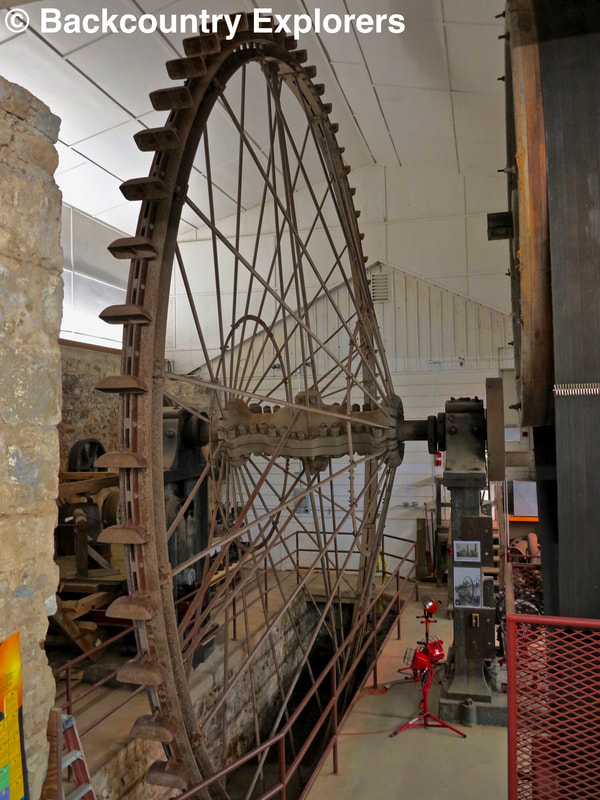
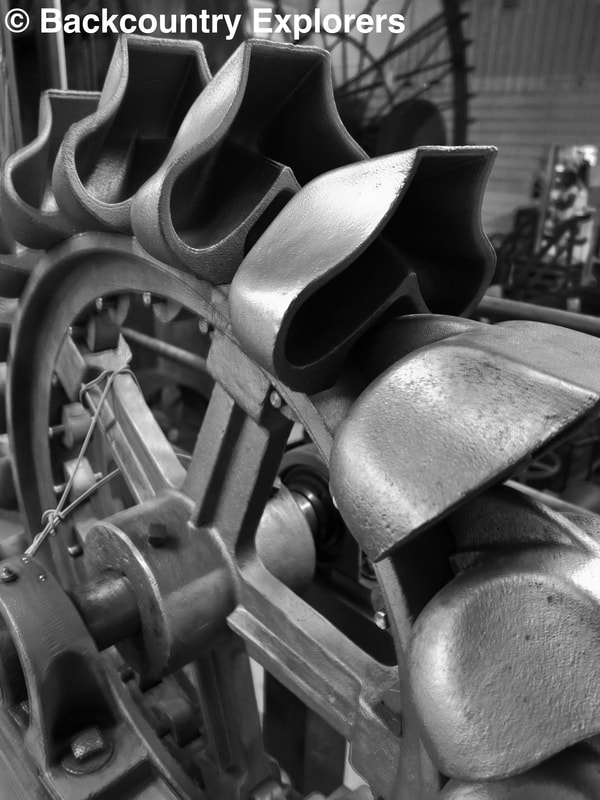
 RSS Feed
RSS Feed